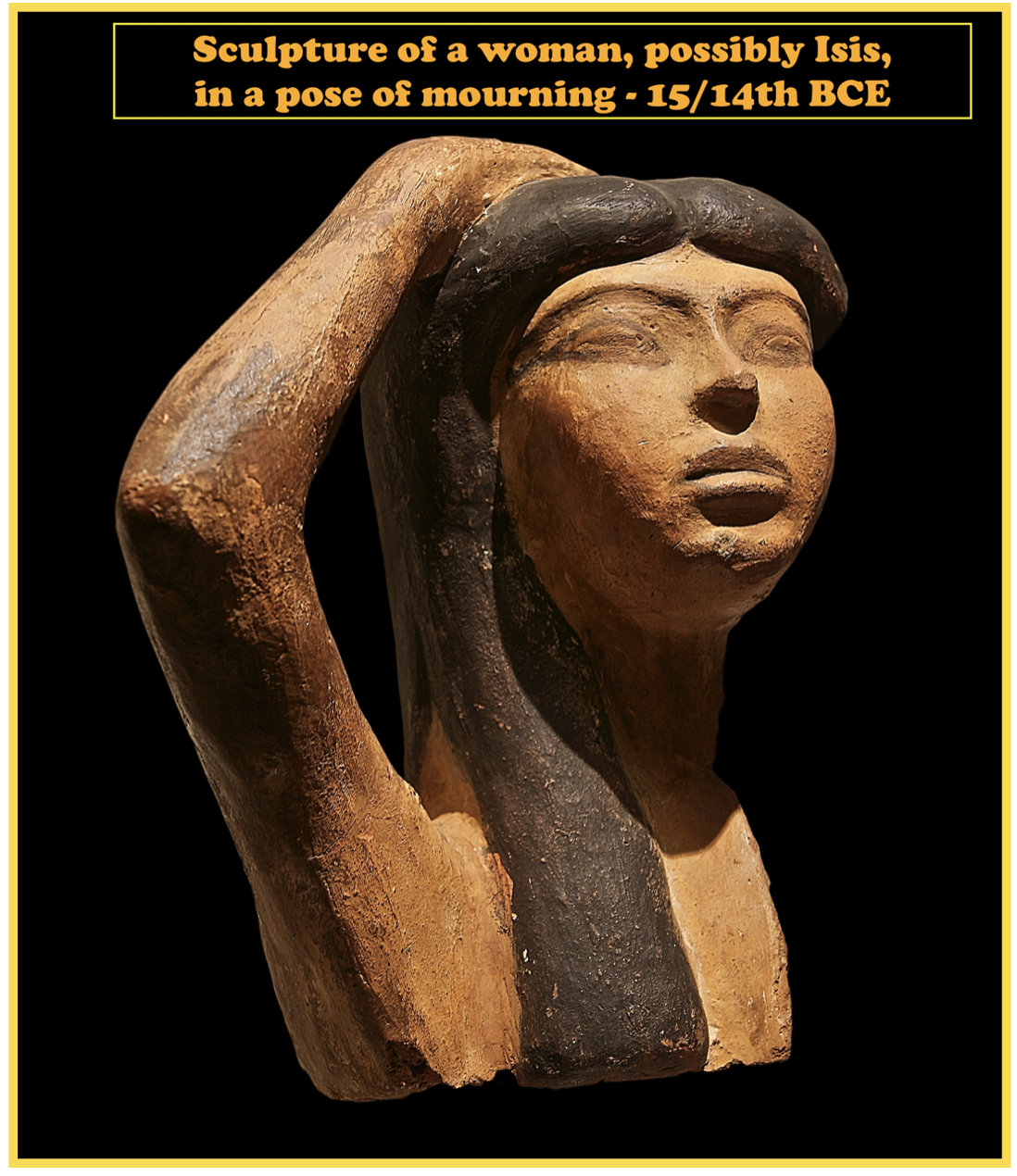A Marian Odyssey
Professor James Stevens Curl writes on the origins and enduring status of Marian devotions: Having spent a considerable part of a life immersed in ecclesiology in rural England, I could hardly be left unaware of the remaining legacy of the widespread devotion to the Blessed Virgin Mary that had managed to survive the iconoclasm of the 16th and 17th centuries, not just in terms of the enormous numbers of churches given Her name, but the evidence that remained in sculptures, symbols, glass, illuminated manuscripts, and music. ... As the Christian Church developed its rituals, terms such as eucharistia and ecclesiæ would have been familiar to devotees of Isis and Serapis, so the move from the Nilotic religions to that of Christ would not have been a huge jump for an Isiac in the Græco-Roman world. With the acceptance of Egyptian deities into the Roman religious systems, a certain blurring of identities occurred (the association of Isis with Diana of Ephesus is just one example), and it was nothing extraordinary to see Isis/Diana/Hathor/Aphrodite as a prototypical Madonna. There were precedents in plenty. ... This blurring continued after Christianity had become the State Religion, and the fact that Isis shares so many titles and attribute with the Madonna cannot be overlooked. Isis continued to attract her devotees, and her symbols, including the lily and the fountain, proliferated, as did her names. Significantly, the cult of the Virgin Mary dates from a time very near the period of the destruction of the Alexandrian Serapeion and other Nilotic shrines. The Gnostics held that Isis and the Virgin Mary shared attributes, and when the dogma of the All-Holy Virgin Mother of God was adopted in 431 at Ephesus (of all places), the theologians could not have been unaware of the importance of Isis and of Diana, the Great Goddess. Indeed, the Council of Ephesus, anxious to resolve the Nestorian controversy, first gave official recognition to the elevation of Christ’s Mother, and in so doing acknowledged the position of Isis throughout the civilised world, for such an œcumenical goddess was a challenge to Christianity and its ascetic philosophies that were repugnant to many in the Empire. ...

